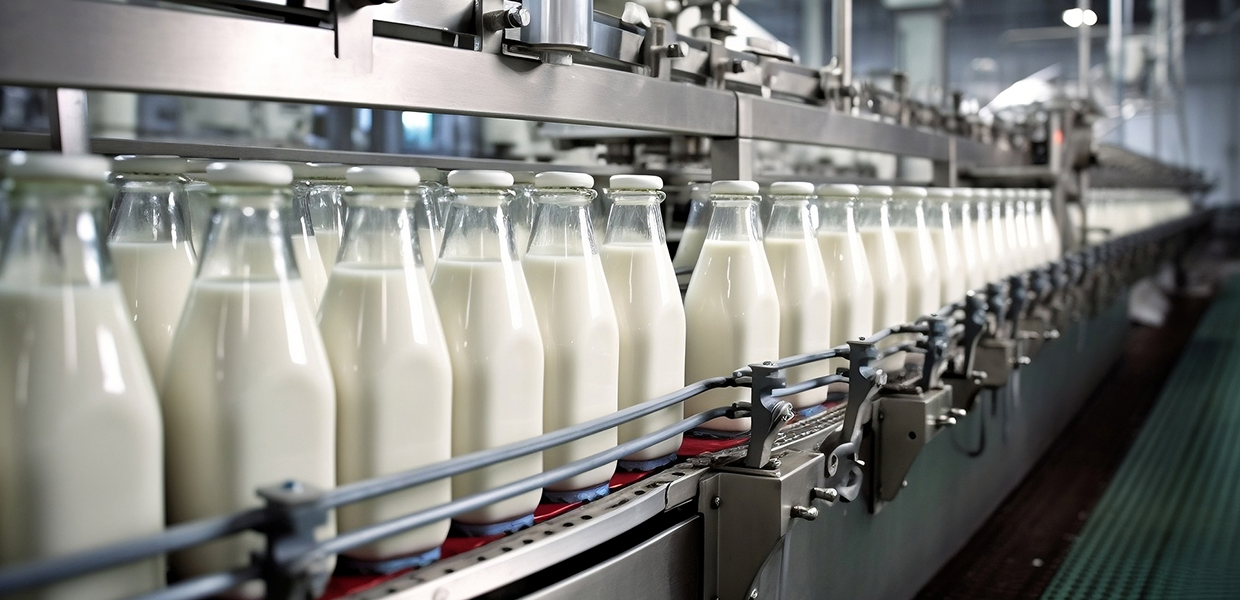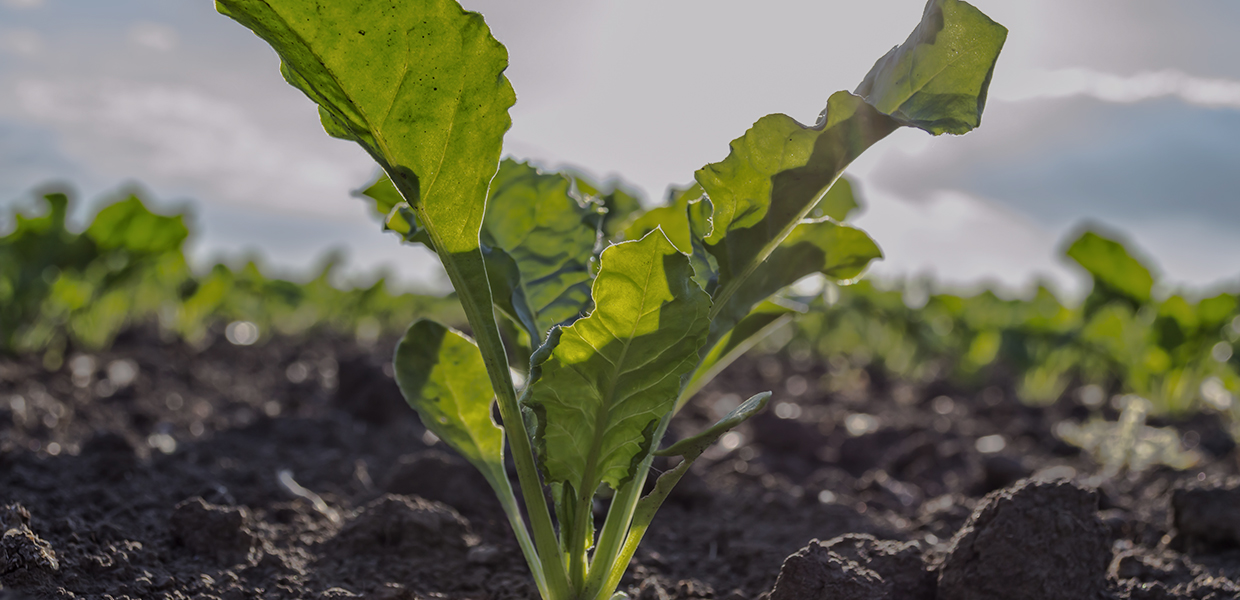The U.S. dairy industry has not just grown; it has flourished over the past two years, marking significant milestones in job creation, wage increases, and overall economic impact. The recently released 2023 Economic Impact Study by the International Dairy Foods Association (IDFA) paints a compelling picture of the industry's resilience and vitality.
Highlighted by the 2023 Economic Impact Study from the International Dairy Foods Association (IDFA), the U.S. dairy industry has achieved remarkable milestones. Notably, the industry has added nearly 60,000 jobs, bringing the total to an impressive 3.2 million, signifying a robust contribution to employment. Average wages have seen an 11% surge, totalling a substantial $49 billion in direct wages for workers, enhancing the financial well-being of the workforce. Beyond job creation and wage growth, the industry plays a significant role in the economic landscape, contributing a noteworthy $72.0 billion to federal, state, and local taxes. Reflecting its broader impact, the U.S. dairy industry now constitutes 3% of the country's Gross Domestic Product (GDP), underlining its substantial economic footprint.
Shaping the Future - Evolution of U.S. Dairy Production
It even goes beyond the last two years, as the landscape of U.S. dairy production has undergone a profound transformation in the past two decades. A in-depth analysis by economists Jared Hutchins and Joe Janzen at the University of Illinois categorize states into "traditional" and "modern" dairy producers, shedding light on evolving production strategies and their implications for the future.
The analysis has revealed noteworthy findings regarding the dynamics of the U.S. dairy sector. Traditional states focus on enhancing milk yield, reflecting growth through improved productivity. In contrast, modern states adopt a more balanced approach, simultaneously increasing both yield and the number of dairy cows. This shift in strategy has led modern states to outpace traditional states in cow numbers, surpassing them by 2020. Moreover, modern states consistently achieve higher milk yield per cow, effectively narrowing the yield gap over time. Concurrently, traditional states experience faster growth in average herd size, primarily driven by dairy farm consolidation. These findings offer valuable insights into the evolving dynamics of the U.S. dairy sector, providing a glimpse into potential future trends in dairy production.
Sustainability at the Core - Technological Advances in Dairy Farming
Advancements in technology have ushered in a transformative era for the U.S. dairy industry, placing a dual focus on enhancing efficiency and mitigating environmental impact. A recent report by the Association of Equipment Manufacturers (AEM) underscores the industry's steadfast commitment to sustainability, emphasizing advancements in farm management practices, genetics, animal care, and technology. Several key advancements have emerged as instrumental in reshaping the industry:
Firstly, a notable achievement is the simultaneous decrease in cow population and a substantial increase in milk yield. Over 15 years, there has been a remarkable 19% boost in milk yield, accompanied by a reduced need for 930,000 cows. This not only signifies a significant leap in productivity but also underscores the industry's dedication to resource optimization.
Secondly, technological innovations, particularly sensor-based systems, have been deployed to optimize nutrient management and precision agriculture. These innovations play a pivotal role in enhancing feed ration quality and overall milk yield, contributing to the industry's pursuit of operational excellence and sustainability. You can read more about how DLL has played a part in the dairy farming landscape from a technological innovation standpoint in our recent blog here.
Environmental impact metrics reveal a commendable reduction in land use (26%), greenhouse gas emissions (17%), and water use (10%) concurrent with the increase in milk yield. This reflects the industry's proactive measures to align technological progress with environmental stewardship, promoting a more sustainable and eco-friendly approach.
The adoption of data-driven farming practices stands out as another key advancement. By leveraging data on animal health, milking, feed rations, and more, dairy farmers can make informed decisions that align with sustainable practices. This data-driven approach not only enhances efficiency but also underscores the industry's commitment to precision and responsible resource management.
Lastly, reliable rural broadband access is identified as a crucial factor for the widespread adoption of these transformative technologies. This acknowledgment emphasizes the need for comprehensive connectivity infrastructure to ensure that dairy farmers across diverse geographical settings can fully harness the benefits of these technological innovations. Together, these advancements portray a U.S. dairy industry that is not only embracing technological progress but is also taking substantive steps towards a more sustainable and connected future.
Empowering Progress: Milestones and Sustainability in the Dynamic U.S. Dairy Industry
The U.S. dairy industry's recent achievements highlight a thriving sector. With substantial job creation, wage increases, and economic contributions, the industry has responded adeptly to global demands. The evolution of dairy production strategies, as categorized by economists Jared Hutchins and Joe Janzen, reveals a dynamic and
forward-looking approach. Additionally, the industry's commitment to sustainability through technological innovations, decreased cow population, and data-driven farming practices further emphasizes a resilient and future-oriented U.S. dairy industry.
DLL is in the Dairy Business
Amidst the dynamic and ever-changing agriculture sector, DLL has solidified its position with a distinguished record of accomplishment in the dairy equipment business. As a subsidiary of Rabobank, DLL operates as an asset-based lender, setting itself apart from traditional banking institutions by utilizing financed equipment as collateral.
Recognizing the specific and evolving needs of modern farms, DLL has taken a pioneering role in addressing these challenges. The company has developed lending solutions empowering farmers to enhance their operational efficiency and productivity. DLL's commitment extends beyond mere financing, encompassing a comprehensive approach to equip farmers with the resources needed for success.
DLL offers a comprehensive suite of equipment financing options covering every essential aspect of farm operations. Whether upgrading milking equipment, optimizing feed systems, investing in herd health technology, or acquiring equipment for crop/feed production and manure management, DLL's solutions ensure that farmers have access to the necessary resources to thrive in a rapidly evolving industry. The aim is not only to bridge the financial gap but also to foster innovation and sustainability within farming operations, ensuring farmers have innovative equipment to stay competitive and efficient.


